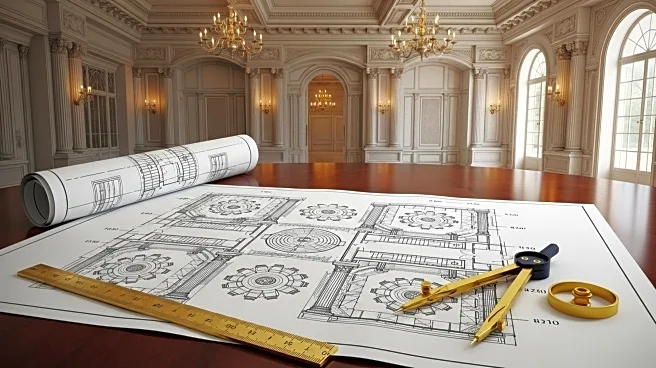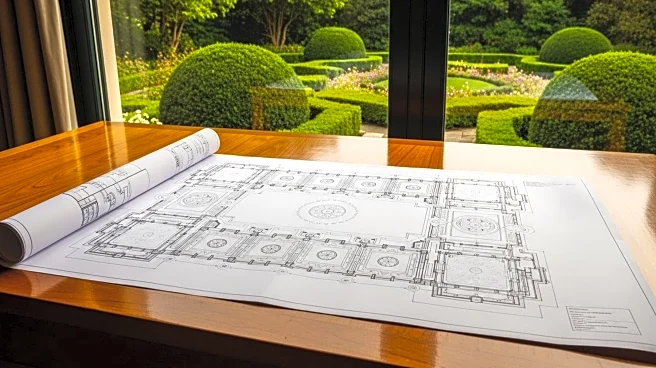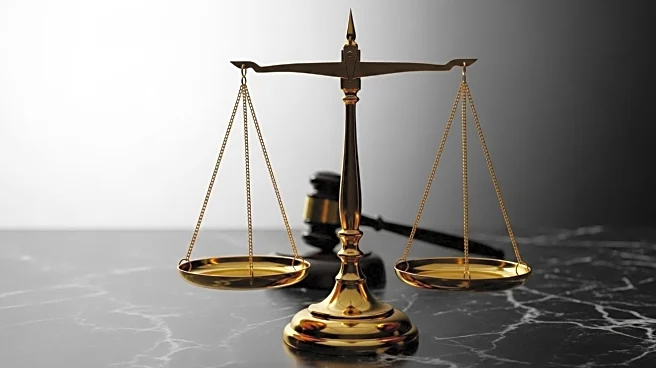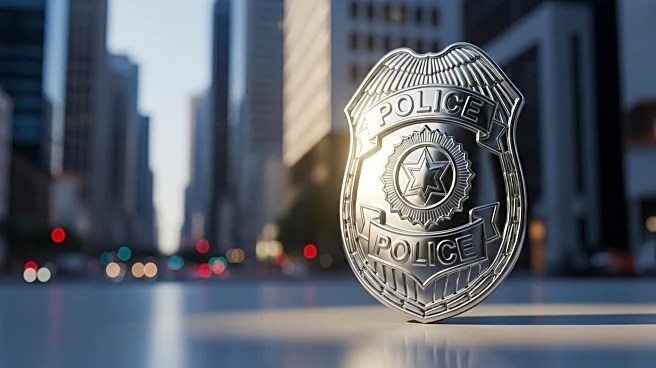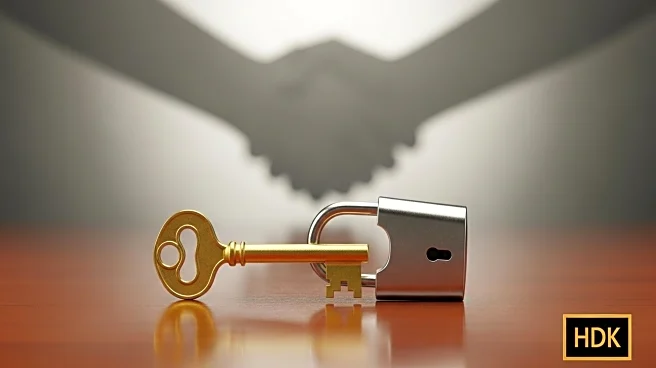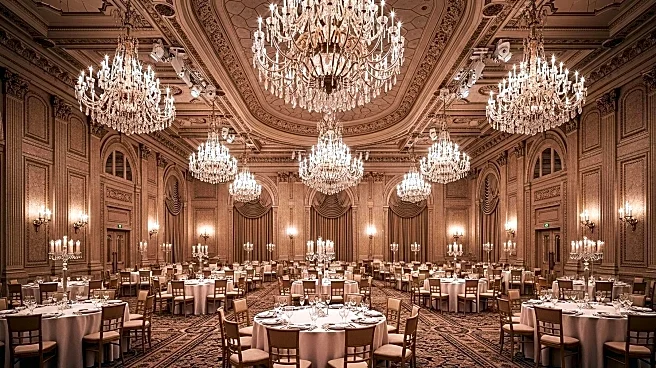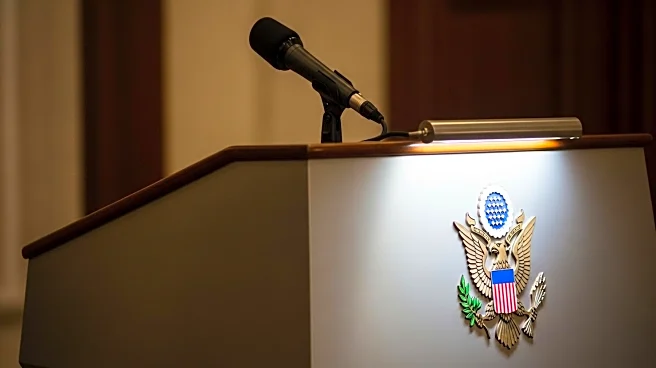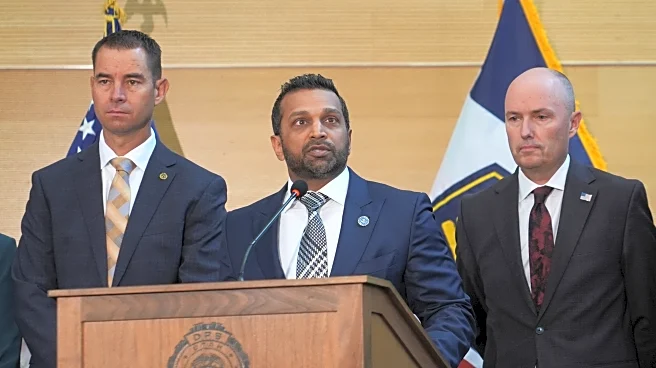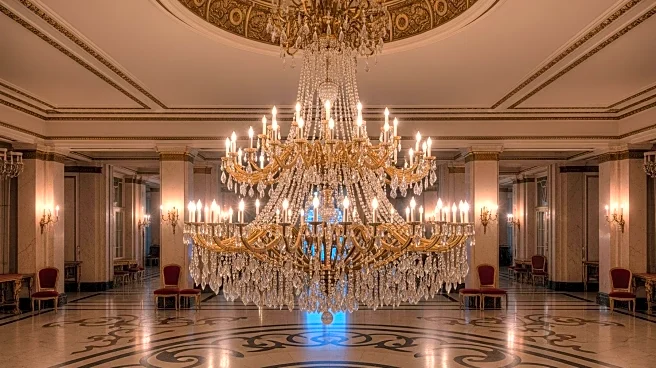What's Happening?
A peace vigil that has been maintained near the White House since 1981 was dismantled at the direction of President Trump. The vigil, originally established as an anti-nuclear protest, has been continuously staffed by volunteers following the deaths of its founders. The decision to remove the vigil came after President Trump was informed about it by a correspondent, who described it as an 'eyesore' and a potential public health hazard. The White House justified the removal by citing safety concerns, while activists argue that the action infringes on their First Amendment rights. The dismantling process began on September 7, with officials partially taking down the vigil, leading to a confrontation with volunteers.
Why It's Important?
The removal of the peace vigil raises significant questions about the balance between public safety and the right to free speech. The vigil has been a symbol of protest and free expression for decades, and its dismantling could set a precedent for how similar demonstrations are handled in the future. Activists claim that the removal is a violation of their constitutional rights, highlighting ongoing tensions between the government and civil society over the limits of free expression. The incident also reflects broader efforts by the Trump administration to address homelessness and public safety in Washington, D.C., which could have implications for other public demonstrations and encampments.
What's Next?
The activists involved in maintaining the vigil are reportedly consulting with legal experts to challenge the removal order. This could lead to legal proceedings that test the boundaries of First Amendment protections for public demonstrations. Additionally, the incident may prompt further scrutiny of the administration's policies on public space management and civil liberties. The outcome of any legal challenges could influence future government actions regarding public protests and the use of public spaces for demonstrations.
Beyond the Headlines
The dismantling of the vigil touches on deeper issues of how public spaces are used for political expression and the role of government in regulating such activities. It raises ethical questions about the extent to which the government can intervene in long-standing forms of protest, especially those with historical significance. The situation also highlights the cultural importance of Lafayette Square as a site for political and social demonstrations, and how changes to its use can impact public discourse.

